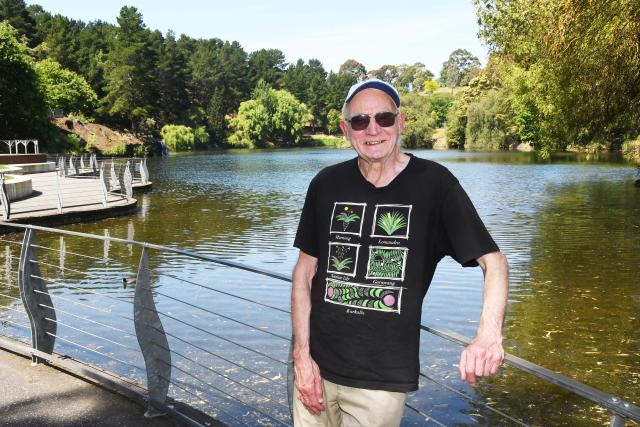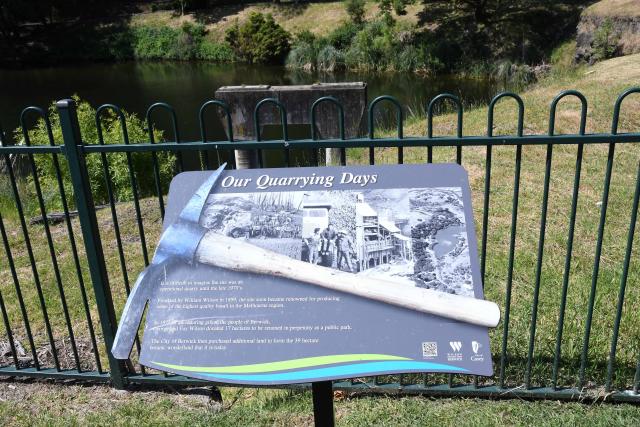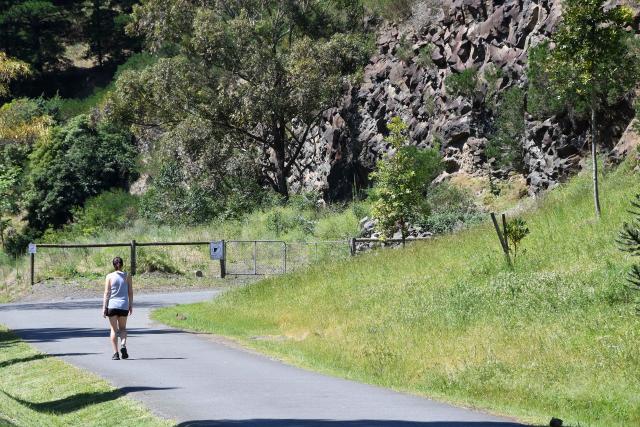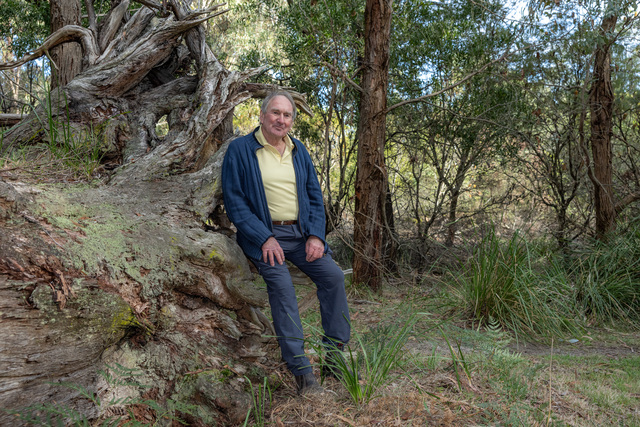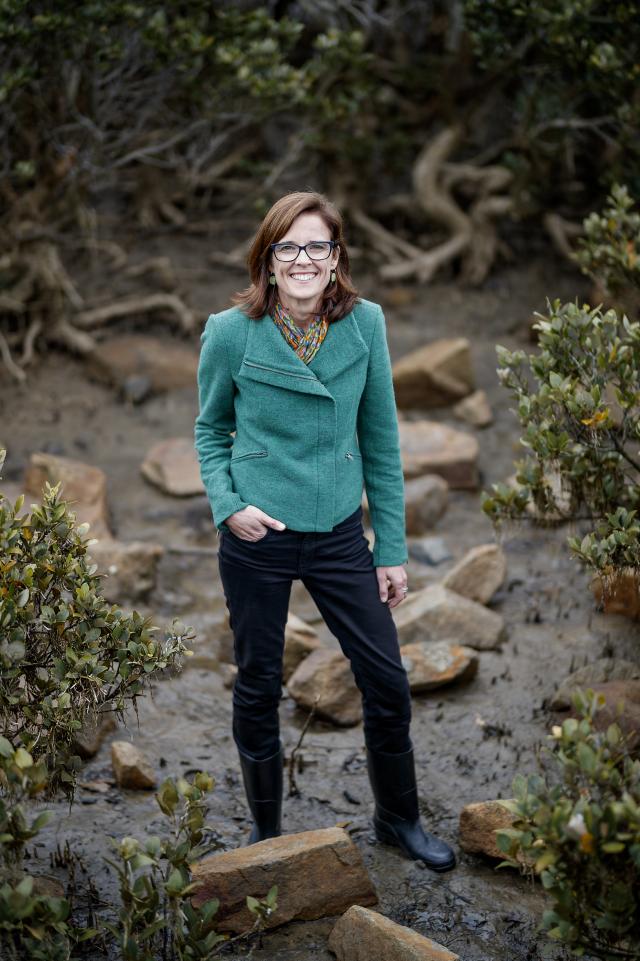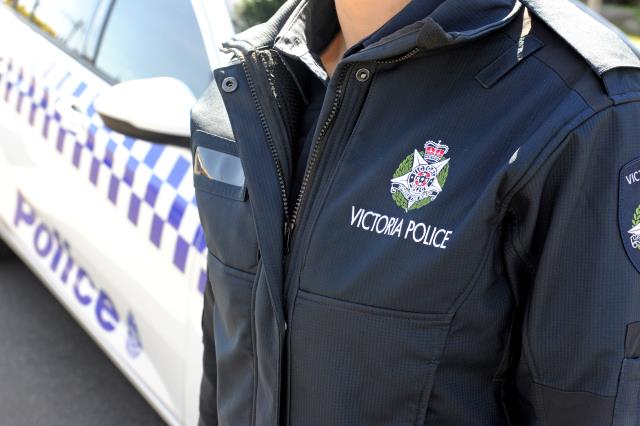As the monthly Casey Council meeting draws nearer, former council heritage staff member David Westlake wants a greater emphasis on the area’s significant geological sites.
While Mr Westlake had already spoken about the sense of belonging these sites provide, their upkeep is more about “that understanding of country”.
“Regarding the SBI quarry in Cranbourne, you’ve got the older layers and then there’s a big gap where you can see the millions of years of soil that leads to Sandringham sandstone,” Mr Westlake said.
Neville Rosenberg, a geomorphologist with 40 years of experience, had identified the SBI quarry in 2018 to be of state significance.
The Sandringham sandstone dates as far back as five million years ago, one of the many instances where Mr Westlake states are an important part of history.
In addition, the former quarry in Wilson Botanic Park is also of state significance, namely for its preservation of fossil plants and basalt lava flows.
“It’s a legacy of the past that so many people cherish and look after, and it’s not a big ask to try and maintain it really.”
Casey Council houses a large array of heritage areas, with a big focus on structural sites.
“I think there’s more focus on structural heritage sites, it’s lacking in geological and geomorphological (heritage), and I would also add lacking in Aboriginal heritage as well,” Mr Westlake said.
However, one of the issues he added was that while a planning report might be filed, there’s a tendency for it to sit in the archive and be forgotten.
“I would advocate that since we know how to do a study and to revise it once or twice, we really should have something to protect the sites.”
Although not geological, Mr Westlake had previously worked on civic memorabilia with the Bunjil Place arts team where they have managed to digitalise 124 out of roughly 800 documents, but has unfortunately come to a halt.
“It’s good to focus on the top 124 pieces, but there could be many more items which could be worth the public knowing about.”
One of the many things Mr Westlake would like to see in the council meeting is a proper timeline that outlines protection for all heritage sites, stating that the “council should grasp the bullet and do justice to these heritage sites”.
Education and community outreach regarding geological heritage sites was another factor Mr Westlake said should be considered.
“Geo-heritage sites have scientific and educational values, scientific research is aided by finds like the fossil plants at Wilson Botanic Park.
“It is one of the easiest described assemblages of this type of flora in Victoria, thus adding a key to the geological record.”
The educational value, Mr Westlake stated, is that people, especially young children are able to gain what he said is a “real sense of wonder and discovery”.
“When geo-heritage sites are preserved and protected in the local area, one’s backyard, so as to speak, they are easily accessible to local schools and families, especially when interpretative signage is added.”
Wilson Botanic Park has multiple signs throughout its premises, providing people with information detailing the specific geographic outlay of the environment.
Mr Westlake also added that a specific way for the park to push further its educational value is to do guided walks, where an expert would speak to a group and elaborate on topics of geology.
Aside from demolition from neglect, some of the greatest challenges that Casey faces in heritage protection are increasing land values and pressure for urban development within heritage areas.
In addition, there is also the lack of funding, resources and expertise to care for heritage places during and after the process of urban development, according to a parliamentary inquiry into Casey’s protections within the Victorian planning framework.
City of Casey’s planning and building manager Tania Asper said the council is preparing a planning scheme amendment to update the current planning scheme.
It will “include reference to a new local heritage policy that will require due consideration be given to heritage conservation, in addition to current planning scheme requirements”, according to Ms Asper.
One of the few things Mr Westlake said should be done is for the wider community to understand the value of geology.
Giving credit to his grandfather, David said that being exposed to the beauty of geology, the formation of the earth and its intricacies was the catalyst for his work throughout the years.
“A greater emphasis on both staff and community education and participation is central in my view.
“I think a dedicated officer would enable justice to be done to our rich heritage, ensuring that the community have a sense of belonging.”
Mr Westlake’s former manager made a case five years ago to turn the heritage officer planner position into a full-time role but to no avail.
While there is no specific focus on geological sites, Ms Asper stated the council employs a heritage officer and a panel of consultants to help homeowners manage heritage places.
“Landowners are encouraged to take advantage of our free Heritage Advisory Service or apply for funding to assist with the conservation of their heritage places via the Victorian Heritage Restoration Fund,” she said.
Regarding the planning scheme update, Mr Westlake stated that it will require more desktop research and site visits in order to update the 2018 study by Mr Rosengren, and to also indulge in more staff education.
“I still encompass this with all heritages, and it’s about having a sense of place, of belonging, bringing you back to your roots if you like, to where you come from.
“It’s good to question something you don’t know, it’s part of science as well as heritage.”
The next council meeting is set to happen on Tuesday 21 November at 4pm and is open to public viewing.

